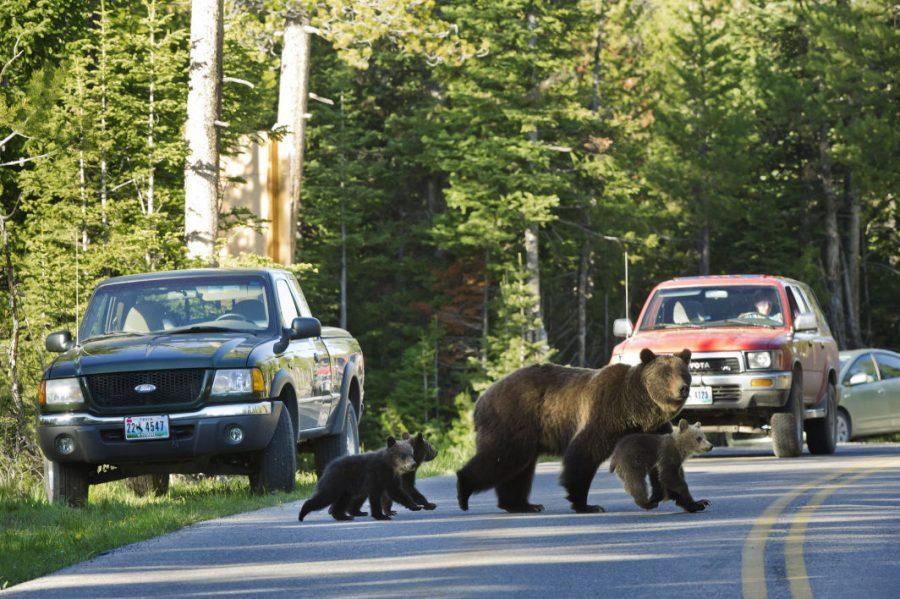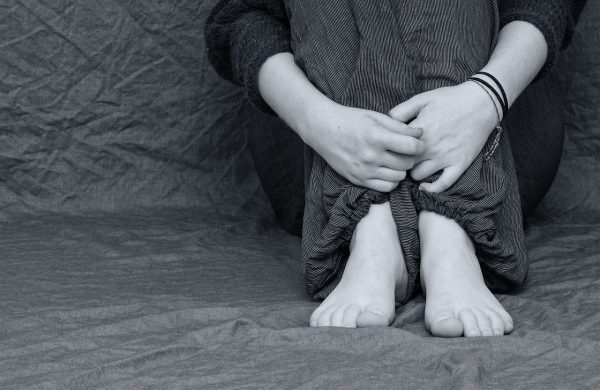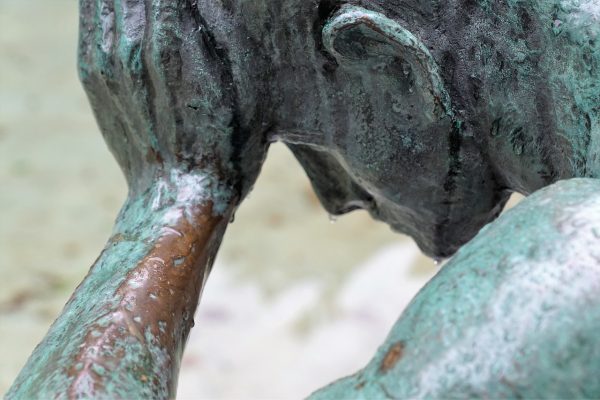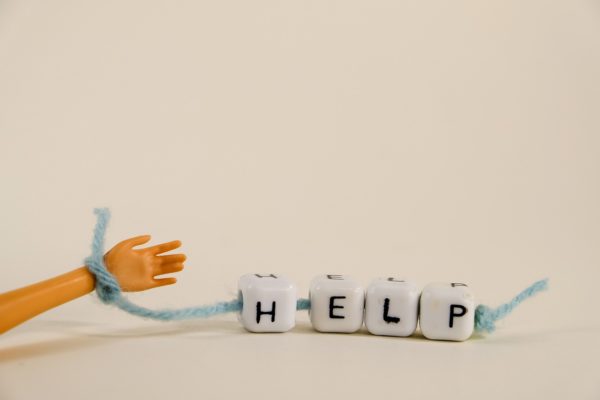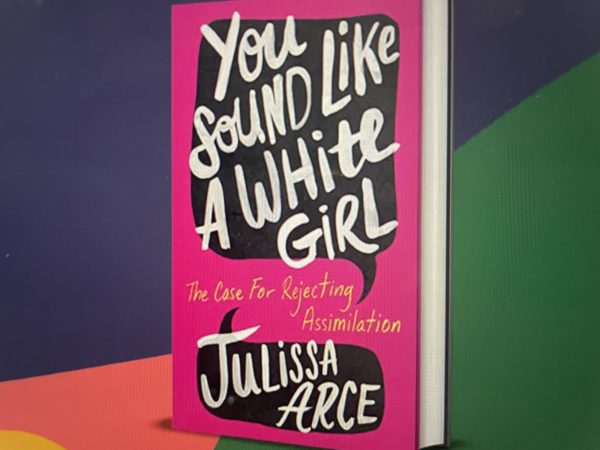Protect the Bears?
During the final week of May 2016, a child fell into 17-year-old gorilla, Harambe’s enclosure at the Cincinnati Zoo. Though Harambe seemed to be sheltering the child, he was shot and killed. The Internet was outraged at how a zoo could kill a member of an endangered species. A child had fallen, due to what many claim was a mother’s neglect. However, a majority of people chose to be angered about the gorilla dragging the boy around its enclosure. This raises the question, do people, specifically Americans, truly care about endangered and threatened species?
The answer to this question can be found in the near future through the treatment of grizzly bears in and around Yellowstone. Over the past 3 decades, conservation attempts have been successful in growing the ferocious predator’s population from 136 to 700. This amazing feat has resulted in the proposal of removing the bears from the threatened list. While it seems like a fair idea as Yellowstone has reached its carrying capacity, it fails to take into account the problems that arise from the bears venturing elsewhere where the conservation laws of national parks cannot protect them.
Hunting in general is extremely regulated in any national park, let alone Yellowstone, but the park is only a subsection of a greater plot of woods by the same name. This area is not protected by the same rules as the national parks are and bears, which wander out of park boundaries, would be able to be hunted. The same goes for any bear which makes the trek to nearby Montana and Idaho. This isn’t a small area. With only 700 bears living in and around Yellowstone land, populations could dwindle quickly and fall past the threatened line and straight to endangered. Suddenly, people would begin to notice what is going on and become outraged just as they are with Harambe the gorilla. However, by then it will be too late. For this reason, people should be paying attention to what is going on now and not later.
Another threat to bears are their interaction with humans. Whether it is a violent or nonviolent interaction, the first instinct of any person is to put the bear down. This is what happened in Yellowstone after a bear attacked a hiker in August 2015. Having bears on the threatened list, at least makes people think twice before getting near the furry giants. With no hunters looking for them, human interaction would decrease and both human lives and bear lives would be saved. It all comes down to common sense and a bit of thought.
We cannot wait for grizzly bears and other species to end up like gorillas. We can’t allow for them to become endangered, because once that happens, putting down a single bear to save a human life is a tragedy. The Yellowstone natives should stay on the list, regardless of if they are at carrying capacity, because once they are “de”listed, their numbers will quickly fall right back down and undo decades of hard work.

